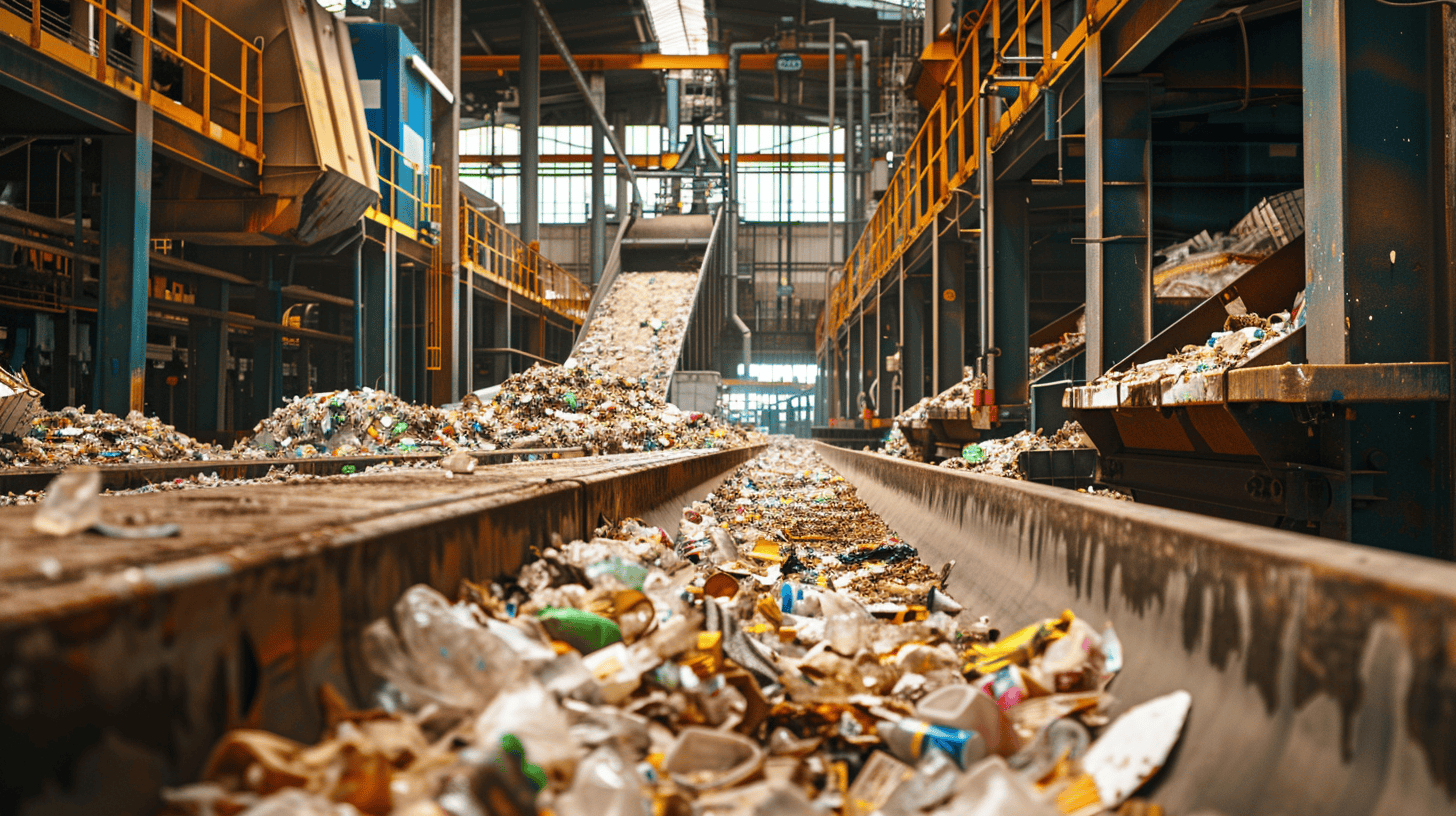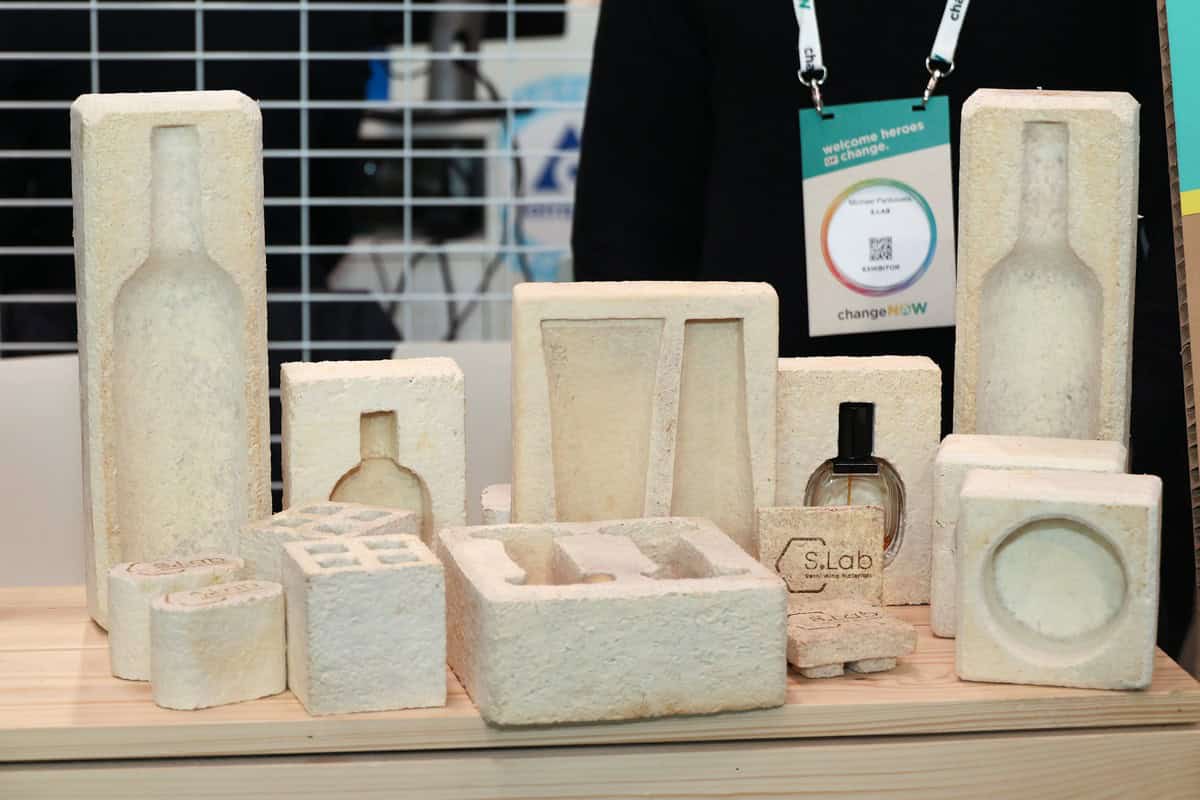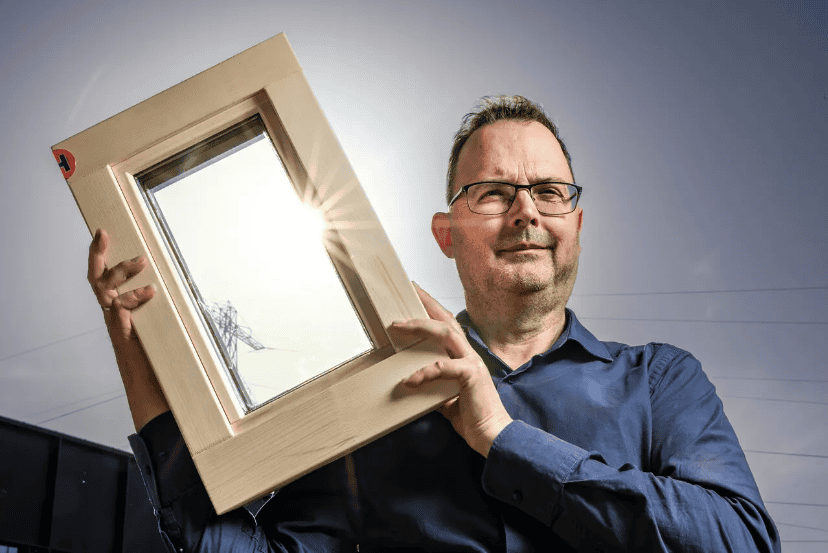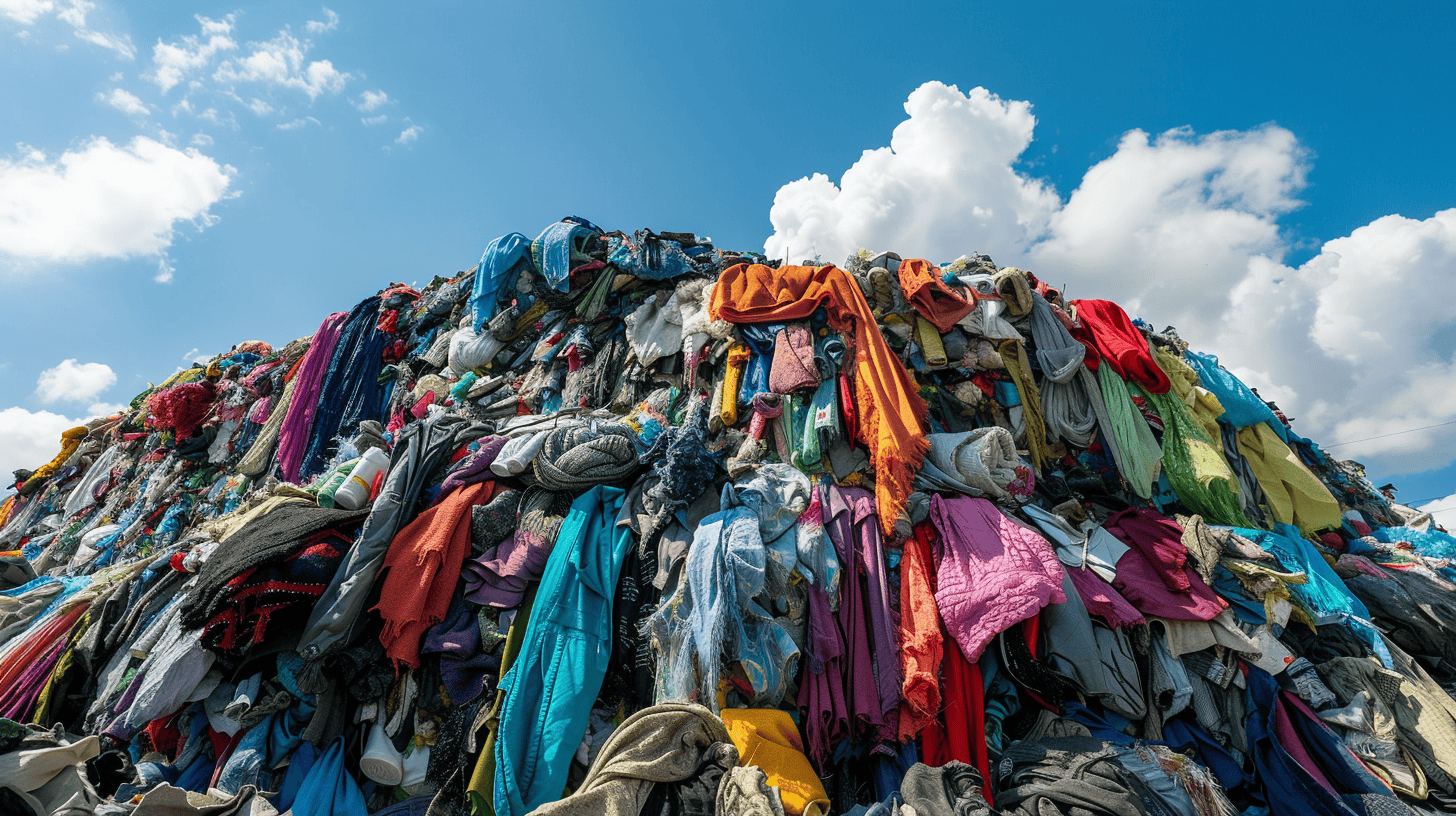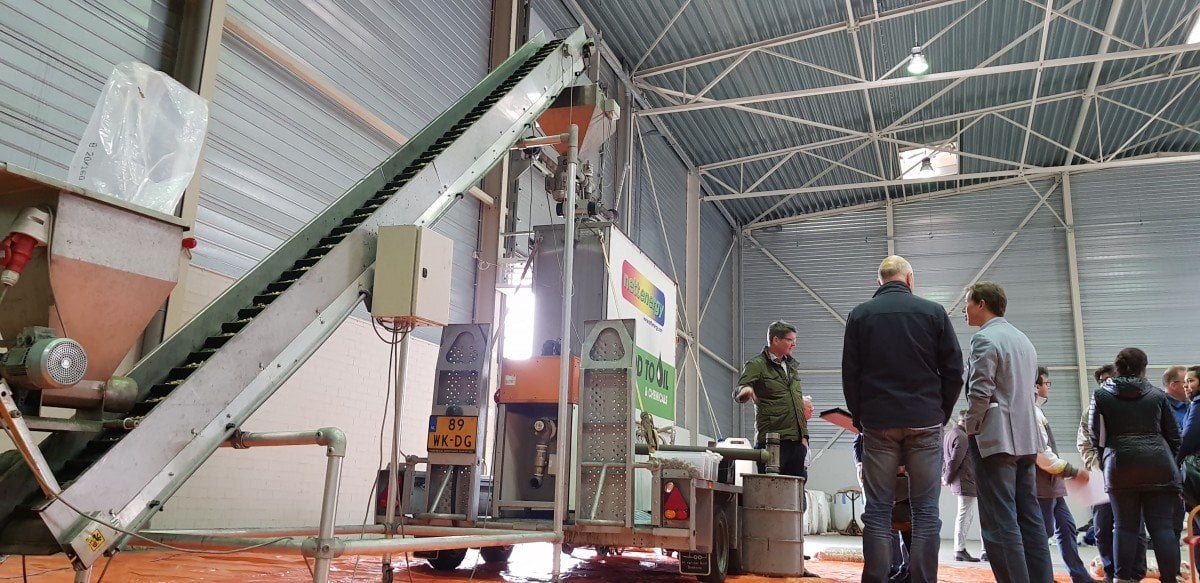
Approximately 35 billion plastic bottles are thrown away every year, and scientists estimate a total plastic waste of approximately 6300 million tons. 91 Percent of this waste is not being recycled, according to the same study written in 2017. Most plastic ends up into the incinerator, is grind down or dumped in dumping site. More and more startups and companies are aware that this has to change. Recently, a large number of companies have signed an agreement to ensure that all plastic packaging will be recyclable by 2025.
However, recycling alone is not the solution. Another technique to break down plastic (and other materials) is pyrolysis. This implicates that the material – plastic, for example, but also wood residues, pruning waste or car tyres – is being decomposed by burning it at a high temperature while removing oxygen. This process creates several new materials; gas, oil and biochar (a form of charcoal) that can be used for the production of new matters or energy generation.
In the Pyrolysis Living Lab South Netherlands, at the port site in Moerdijk, fourteen parties have started experimenting with this technique. In this collaboration between industry, governments and knowledge institutions, participants are working on ways to scale up existing techniques and installations and are investigating the economic feasibility of the technique. The project is funded by OPZuid, the province of Noord-Brabant, Rewin and other participating companies. Up to now, approximately 6 million Euros has been funded.
POTENTIAL
“Pyrolysis has enormous potential”, says Paul de Wild, who is involved with the ECN/TNO testing ground. “You can use many different waste streams that in turn supply other building blocks. This reduces waste and creates a circular value chain in which as much as possible of the original product is used. In the Netherlands, there are somewhat 2.5 million tonnes of different waste streams that are currently incinerated or recycled at low value. Pyrolysis could be a solution for these streams. At the testing grounds, the participants investigate about thirty different value chains based on different raw materials. De Wild mentions some examples where pyrolysis is already successfully used: “Campina uses pyrolysis oil to replace natural gas, and pruning waste is being used to light your bbq. It’s a proven technique.”
Although it is still a technique that requires more research, says De Wild. “It is still difficult to process large waste streams. The heat management to burn the raw materials has proven to be a challenge. One of the objectives of the living lab is to find out how this can be done best, while also taking the economic picture into account.
FINDING NEW MARKETS
The experimental facility is searching for new markets for processed waste streams. Rob Vasbinder developed a machine where he can not only convert wood chips, pruning waste or nut husks into biochar, wood gas and oil, but also wood vinegar from his catalyst. “This then is used in smokers to add the smoky taste to the meat. In Asia, it is used as a natural pesticide, however in the European Union due to regulations, this is not allowed. Together with Delphy, another partner of the living lab project, we are investigating how it works. These are the perks of an experimental facility; I can use lab areas and they have the experience with certification within the European Union. There is a lot of knowledge there, within different fields.”
Vasbinder focuses on local markets in which there is a huge availability of biomass. “In South Africa, for example, there are trees that absorb a great amount of groundwater, which are now being cut down and burned. However, with the new mobile installation, they have their own power plant, as the gas that is released from the process keeps the machine running. The machine initially runs on a battery, but as soon as it is switched on, gas is being converted into electricity via a generator to supply the machine with energy. It is completely self-sufficient. The oil can generate the cities energy or heat; for optimal use of waste. For example, an installation at a waste management company, where gas is converted into electricity, could be used in cities. However, consideration should be taken on a case-by-case basis, to determine whether it is economically advantageous since the price of oil could fluctuate considerably.
DEPOLYMERIZATION
Another form of pyrolysis is depolymerisation, in which plastics are burned and the residual flows are reused. Such factories exist in India, says Nilish Inamder of Patpert Teknow Systems. “Some factories process approximately 20.000 Kg plastic daily. However, European Union regulations are stricter when applying this on a large scale.” Here in the living lab, they are working on various studies to prove that the technology is market ready. Which mix of plastics is most suitable? Can the oil residue be used as fuel in combustion engines? And is there a market for the residual products? Laurens Trebes, project manager of Patpert Teknow Systems: “We’ve been working on this for ten years, people didn’t believe it was possible at first. That’s why it’s so good that we have a pilot plant here, so they can see it with their own eyes.” Trebes is called away, he exchanges data with Simon van der Heijden of Heathland from Utrecht, who wants to see how the Patpert system works and what the composition of the processed materials is like. “We are working on a technique to repurpose old caravan windows into new ones, for example. I want to compare the two techniques”, says van der Heijden.
“That’s exactly what the Living Lab is all about”, says de Wild. “Together we move forward, we have to learn from each other and help each other further”.
Main picture: Rob Vasbinder explains how his machine operates. © IO



